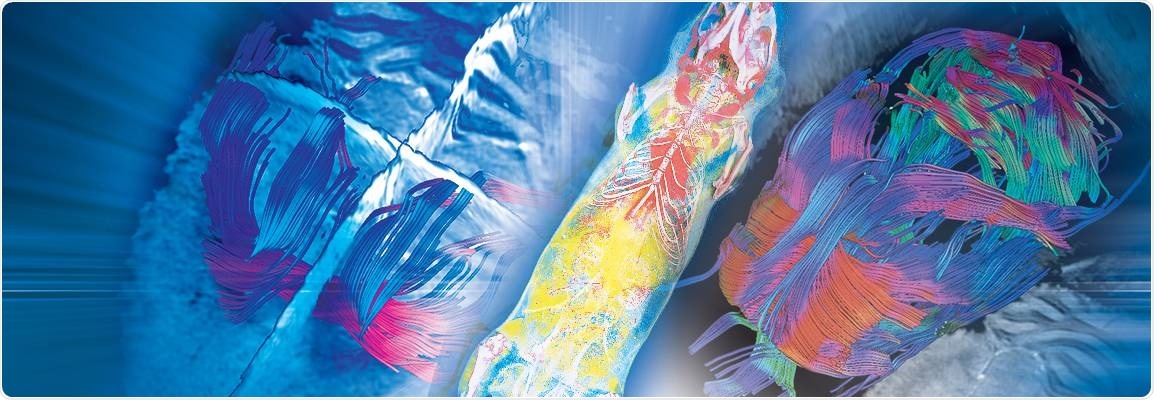The World Health Organization has listed stroke as the second most common cause of death world-wide. Limitations of current treatments, such as effectiveness in only a small percentage of patients and decreasing effectiveness with application time after the onset of stroke, make the need for novel treatment methods paramount.

Seminar Overview
In this webinar, Prof. Samuel Grant, researcher at the National High Magnetic Field Laboratory and FAMU-FSU College of Engineering in Florida, will give insight into his group’s innovative approach to monitor stroke recovery using cell therapy. Working with cellular engineers, adult human mesenchymal stem cells of bone marrow and fat tissue are used to treat ischemic stroke. To monitor the efficacy of cell therapy, Grant directly visualizes sodium, an indicator of tissue vitality. The key to this visualization lies in their 21.1 Tesla instrument run on ParaVision. This ultra-high field strength provides the sensitivity needed to investigate this promising stroke treatment.
What to Expect?
In this webinar, Grant will discuss this revolutionary approach to stroke treatment as well as the MR approaches developed to optimize the cell therapy. He will explain how sodium can be used as a reliable marker to determine effectiveness of the treatment and how the ultra-high field strength of 21.1 Tesla provides the resolution and sensitivity necessary to make sodium imaging feasible.
Key Topics
Ischemic Stroke
- Current treatment methods and limitations
- Novel stem-cell based therapy
Sodium Imaging
- Sodium as indicator of tissue vitality
- Novel imaging methods
Ultra-High Field MRI
Benefits
- Higher proton sensitivity
- Higher proton contrast, particularly for susceptibility
- Increased resolution
- Shorter measurement times
- Increased sensitivity for X-nuclei
Who Should Attend?
Researchers focusing on treatments of damage to the brain, such as during stroke, will find this webinar particularly beneficial. Additionally, MRI scientists working with X-nuclei and those interested in ultra-high fields will learn how to make the most of these studies.